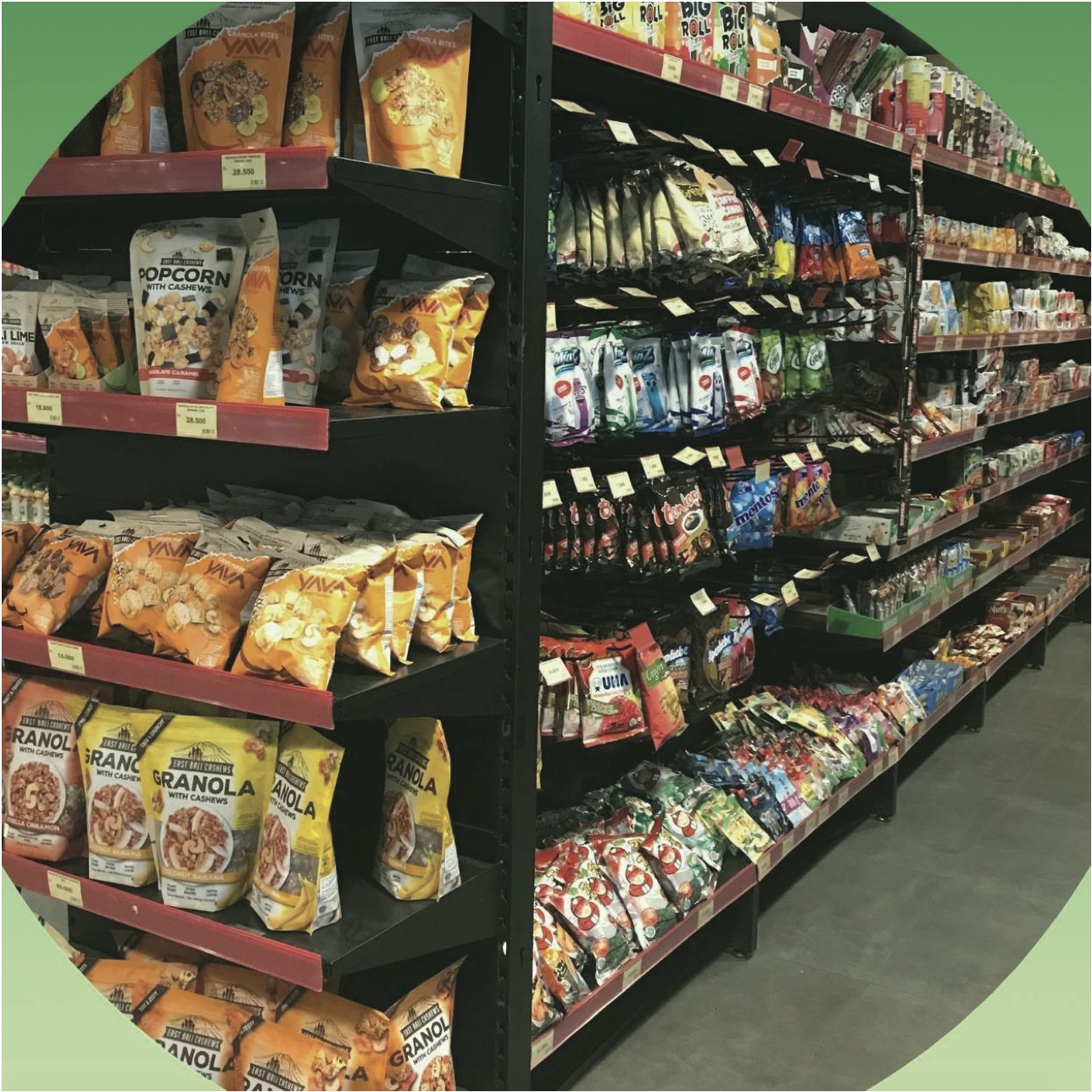Pouches 101
- Published: December 04, 2023
Why Organizations Should Consider Alternatives to Traditional Packaging
By Rob Tiller, Managing Director, PennPac
 Continuing to expand in popularity, flexible stand-up bags and pouches are steadily evolving in all areas of consumable product markets (e.g., dry goods, liquids, powders). Having a strong foothold in the food industry, pouches are becoming a new retail standard. With high demand for packaged food products these days, pouches have aided in significant logistical efficiency gains by changing the way we pack our semi-trailers. Essentially, allowing for more product per delivery due to a pouches’ space-saving design feature(s).
Continuing to expand in popularity, flexible stand-up bags and pouches are steadily evolving in all areas of consumable product markets (e.g., dry goods, liquids, powders). Having a strong foothold in the food industry, pouches are becoming a new retail standard. With high demand for packaged food products these days, pouches have aided in significant logistical efficiency gains by changing the way we pack our semi-trailers. Essentially, allowing for more product per delivery due to a pouches’ space-saving design feature(s).
With many pouch design variations made from materials like aluminum or multiple plastic layers such as polypropylene or polyethylene, the typical stand-up bag or pouch is far more complex than what a consumer sees, regardless of what’s inside. From logistical motives, to freshness concerns, to sustainability, the use of such packaging techniques is rapidly advancing across the globe.
Why is this, consumers might ask? Well, stand-up bags and pouches are replacing traditional packaging for many reasons. This article will touch on just a few of the many topics surrounding the baseline reasoning for such a rapid departure from the traditional methods in food packaging.
Benefits
Here’s an example many consumers can relate to — grab the recently purchased, sealed box of your favorite cookies or crackers out of the cupboard, eat a serving and then return to the cupboard until your next craving. Two to three days later, they just aren’t the same, right?
A significant advantage of the stand-up bag or pouch is their well-engineered ability to keep food fresh for longer periods of time, even after being opened. Comprised of multiple layers of films laminated together, the barrier properties of pouches are far superior compared to traditional packaging designs. Add a resealable closure at the top and your favorite cracker or cookie is ready for multiple servings, in and out of the home. Pouches are designed specifically with re-use in mind, allowing the old-fashioned bag in a box to become a thing of the past.
What’s more, the pouch minimizes both product and packaging damage (mostly from transportation handling) as well. Although crushed or torn boxes of cereal or crackers are still stocked on shelves, consumers are reluctant to place these in the cart. More often than not, many consumers reach past the ripped box, seen as defective, for a damage-free one. The pouch design decreases this activity, reducing the amount of no-sale food items.
Many brands continue to successfully maintain their old-fashioned image and are hesitant to transition to a modernized pouch. Eco-friendly pressures will continue to influence and encourage change to more sustainable solutions. More and more companies are utilizing recycled materials in their packaging and marketing them to the public in a way that brings awareness to a more sustainable trade. Incorporating some Post-Industrial Material (pre-consumer material) in a pouch structure is a major marketing scheme that many manufacturing teams are deploying.
Pouches on the Go
In addition to being engineered to take food freshness to another level, pouches have inherent features that allow for versatility in when and where they can be consumed. Traditionally, one would have to open a large outer package, often paperboard, to reach into a secondary package containing the food product. These days, snacking “on the go” is easier than ever. The resealable pouch is now the primary package. Being lightweight and utilizing less space in your backpack, desk drawer or vehicle console, they can be consumed virtually anywhere with ease.
The bottom gusset allows the food product to stand upright without any support from surrounding objects. Some pouches are even designed with a built-in handle to make them easier to carry around. For liquids or powders, many pouches have incorporated a built-in spout to allow for an easy pour. The next time you are enjoying a product that is packed in a pouch, take a moment to study the features engineered to make it more enjoyable!
The list of benefits goes on and on, most in favor of the stand-up pouch. Like anything, debate will always exist challenging which packaging methods are more economical, safe and aesthetically pleasing. However, one thing is for certain, engineering teams across many consumer markets are considering how a pouch may be beneficial to their organization, customer base, environment and bottom line. With pouches offering an all-in-one solution, cost savings and environmental impact are exponential.
If your organization is considering a pouch design, reach out to your film supplier of choice to discuss which barrier films will be your best fit for the application.
About the Author
As Managing Director, Rob Tiller is flanked by a committed team with decades of flexible packaging film expertise. Together, they work to provide PennPac’s customers and associates with a friendly and reliable experience. Converters and End-Users across North America trust PennPac’s accommodating warehousing, custom slitting/rewinding and film solutions.




